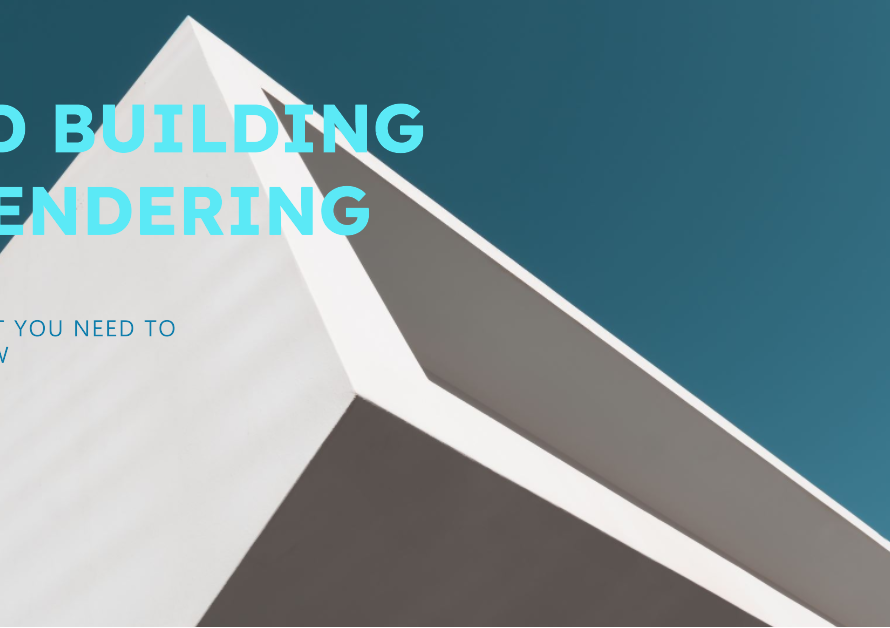
Table of Contents
- Introduction:
- Harmonizing with Nature: Landscape Integration
- The Magic of Materials: Choosing the Right Elements
- Color Psychology: The Power of Paint
- Lighting the Way: Exterior Illumination
- Doors and Windows: Framing the View
- Roofing Designs: Crowning Glory
- Outdoor Living Spaces: Extending the Interior
- Sustainable Solutions: Eco-Friendly Designs
- Conclusion: Crafting Your Unique Exterior Design
Introduction:
Creating an inviting exterior is crucial for any home or building. The exterior serves as the first impression for visitors and passersby. This first glimpse should evoke a sense of welcome and set the tone for the entire property. With the right design elements, you can transform an ordinary facade into an extraordinary visual experience.
Curb appeal extends beyond mere aesthetics. It encompasses functionality and harmony with the surrounding environment. From the choice of materials to the arrangement of landscaping elements, every detail plays a pivotal role. Incorporating a cohesive design strategy can elevate your property’s exterior, enhancing its overall value and appeal.
Harmonizing with Nature: Landscape Integration
One of the most effective ways to enhance an exterior design is through seamless landscape integration. Natural elements can soften architectural lines and add depth to the overall design. A well-planned landscape not only beautifies but also increases the sustainability of the property by providing natural insulation and reducing water runoff.
When designing the landscape, consider the local climate and native plants. These plants are typically more resilient and require less maintenance. Incorporating a mix of trees, shrubs, and flowers can create a dynamic visual experience that changes with the seasons, ensuring your property looks stunning year-round.
The Magic of Materials: Choosing the Right Elements
The materials used in exterior design significantly impact the overall look and feel of a building. Selecting the right materials involves balancing aesthetics, durability, and maintenance requirements. Natural materials like stone, wood, and brick are timeless choices that can add character and warmth to a design.
Modern materials such as metal and glass can offer sleek, contemporary aesthetics. These materials often provide excellent durability and require minimal upkeep. When choosing materials, it’s important to consider the architectural style of the building and how these materials will weather over time.
Color Psychology: The Power of Paint
Color plays a crucial role in exterior design. The right color palette can dramatically enhance the appearance of a building and influence the mood it conveys. Neutral tones like white, beige, and gray are classic choices that offer a clean, elegant look. These colors are versatile and can complement a variety of architectural styles.
For those looking to make a bolder statement, vibrant colors can add a unique touch. A bright front door or accent wall can serve as a focal point, drawing attention and adding personality to the property. It’s essential to choose colors that harmonize with the surrounding environment and reflect the desired ambiance.
Lighting the Way: Exterior Illumination
Proper lighting is essential for creating a welcoming and safe exterior space. Exterior lighting not only highlights architectural features but also improves security. Strategically placed lights can enhance pathways, entrances, and landscaping, making the property more inviting after dark.
Consider using a mix of lighting types to create a layered effect. Ambient lighting provides general illumination, while accent lighting highlights specific features like trees, sculptures, or water features. Task lighting is essential for areas that require focused light, such as pathways and stairs. The right combination of these lighting types can transform your exterior into a captivating nighttime scene.
Doors and Windows: Framing the View
Doors and windows are critical components of exterior design, serving both functional and aesthetic purposes. They frame the view from both the inside and outside, influencing how light enters the building and how the interior connects with the exterior.
Choosing the right style and material for doors and windows is crucial. For a traditional look, wooden frames with intricate designs can add a touch of elegance. In contrast, large, frameless glass windows are perfect for modern designs, offering unobstructed views and a seamless connection with the outdoors. Additionally, energy-efficient windows can enhance the building’s sustainability by reducing heating and cooling costs.


Roofing Designs: Crowning Glory
The roof is often an overlooked aspect of exterior design, yet it plays a significant role in the overall aesthetic and functionality of a building. Different roofing styles and materials can dramatically change the look of a property. Traditional pitched roofs with shingles offer a classic appearance, while flat roofs with modern materials like metal or rubber are ideal for contemporary designs.
The color and texture of the roofing material should complement the rest of the exterior. Additionally, considering the local climate is essential; some materials are better suited for particular weather conditions. For instance, metal roofs are durable and great for areas with heavy snowfall, while clay tiles are perfect for hot, dry climates.
Outdoor Living Spaces: Extending the Interior
Creating functional outdoor living spaces can significantly enhance the usability and enjoyment of your exterior. Patios, decks, and pergolas extend the living area, providing spaces for relaxation and entertainment. These areas should be designed to complement the overall style of the building, using materials and colors that harmonize with the exterior.
Furniture and decor also play a crucial role in these spaces. Comfortable seating, outdoor rugs, and strategically placed plants can transform a simple patio into a luxurious outdoor room. Additionally, incorporating features like fire pits, water features, and outdoor kitchens can make these spaces more versatile and enjoyable throughout the year.
Sustainable Solutions: Eco-Friendly Designs
Incorporating sustainable design principles into exterior design is not only environmentally responsible but also adds long-term value to the property. Using eco-friendly materials, such as recycled or reclaimed wood, and low-VOC paints can reduce the environmental impact of the building process.
Green roofs and walls are innovative solutions that provide insulation, reduce urban heat island effects, and promote biodiversity. Additionally, installing rainwater harvesting systems and solar panels can enhance the sustainability of the property, reducing utility costs and dependence on non-renewable resources. Sustainable design is not just a trend but a vital consideration for future-proofing buildings and contributing to environmental conservation.
Conclusion: Crafting Your Unique Exterior Design
Exterior design is a multifaceted discipline that combines aesthetics, functionality, and sustainability. By carefully considering each element—from landscaping and materials to color and lighting—you can create an exterior that not only looks beautiful but also enhances the overall value and enjoyment of the property.
Whether you’re designing a new building or renovating an existing one, these principles provide a comprehensive guide to crafting a stunning exterior. Remember, the key to a successful exterior design lies in the details and how they come together to create a cohesive and inspiring whole.


